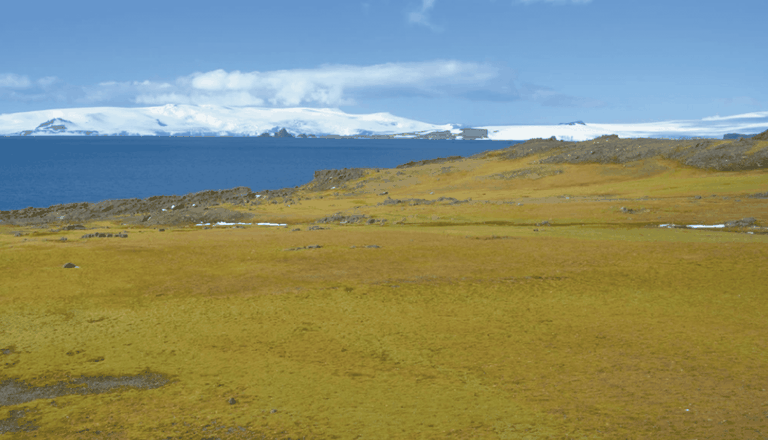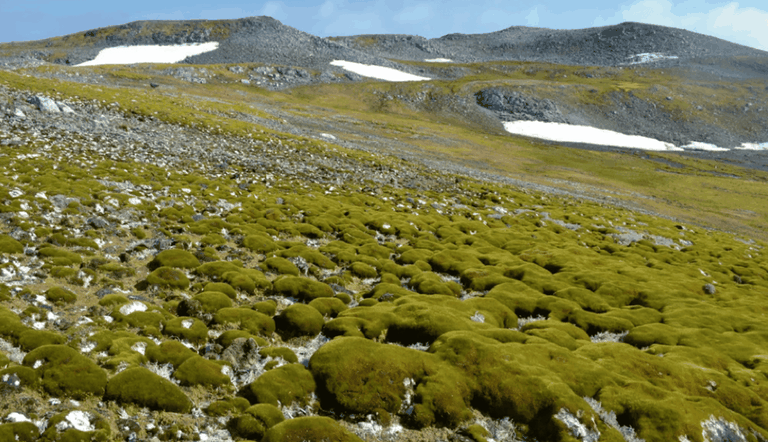https://www.lifegate.it/penisola-antartica-vegetazione-clima
- |
The areas covered by vegetation on the Antarctic Peninsula – the northernmost region ofAntarctica, which runs from Cape Adams to the Eklund Islands – are today fourteen times larger compared to 1986.A study reveals this published in the journal Nature Geoscience, according to which those that communicate to grow in the region are "pioneer" plants that probably "prepare the ground" for the arrival of other vegetation.In all likelihood, yet another consequence of the upheavals caused by the climate changes.

Data from the Landsat program of NASA and Usgs
The analysis was based on 35 years of satellite observations, as part of the monitoring program Landsat developed by NASA and the American Institute for Geological Studies (Usgs), which led to alarming conclusions.The total "green areas" on the Antarctic Peninsula went from not even reaching 0.9 square kilometers to covering 12.
The calculations were carried out by the universities of Exeter And of Hertfordshire, together with British antarctic survey.And what is especially worrying is the trend:most of the green cover has indeed appeared in the last five years taken into consideration by the researchers who authored the study, i.e. between 2016 and 2021.In the five-year period, in fact, the rate of increase was equal to 0.424 square kilometers per year, against the 0.317 recorded since 1986.
Mosses appeared on the Antarctic Peninsula, probable precursors of other plants
Scientists believe that the most plausible explanation is linked to progression melting of polar ice, caused by rglobal warming.A dynamic that leads not only to increasing the heat in the region, but also the rates of humidity, thus creating the conditions for the development of vegetation.

On the other hand, Antarctica has recorded in the last sixty years significant increases in temperatures, especially in the western and northern portions of the continent.With data that exceeds the global average.Thus, the Antarctic Peninsula has seen tufts of bryophytes (mosses), which are precisely considered precursors of one "colonization" by other species.These plants are in fact capable of transforming rock into fertile soil.
